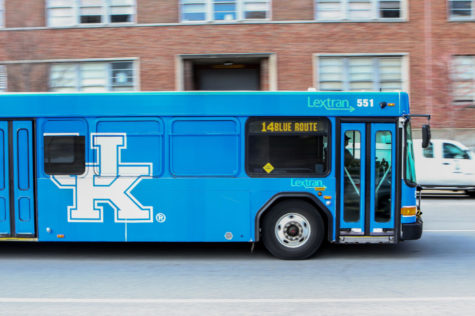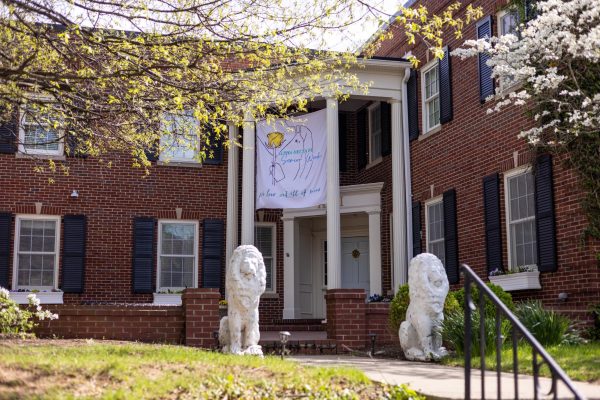Interior design studio remodels for Hope
March 19, 2008
Interior design students have learned plenty about designing rooms and rearranging spaces. Before graduating in May, the students in the senior interior design studio class will use their skills to help blueprint and remodel the lives of others in the community.
Throughout the semester, the class has discussed issues facing the homeless and is planning to volunteer at the Hope Center, a Lexington social service agency aimed at helping homeless people get off the streets.
The studio group will make renovations to the basement of the Hope Center Emergency Shelter, which interior design senior Kristi Buchler described as “a total mess.†Part of the assignment’s challenge is to use only the pre-existing materials and furniture in the basement, most of which are donated items.
The week before Spring Break, students in the studio toured the facility, located at 360 W. Loudon Ave., where they studied the space and available resources, and how those resources could be made more beneficial to the center, Buchler said.
“They use this space as storage, so there’s a lot of pieces to the puzzle,†Buchler said. “We’re just trying to find the best one.â€
Kenneth Newton, director of plant operations at the Hope Center, said the project will have a great impact on the shelter, which provides emergency housing for homeless men.
“It is major to us,†he said. “Every inch of this building is used for the people. This gives us more space to help.â€
Besides storage, the basement includes classroom areas and is sometimes used as spillover living space when the facility’s 116 beds are full. The average number of homeless men staying in the shelter has increased by almost 50 percent in recent years, according to the Hope Center’s Web site, leading the shelter to house as many as 230 men per night.
Rob Call, the teaching assistant for the studio class, said design students will also benefit from the project.
“Real-life, hands-on situations are very important,†he said. “When you are actually in the space and can visualize, you work out the things you’ve been taught. You see your mistakes and learn from them.â€
Call described the enthusiasm of the class, and he said they have already gained from the experience.
“The students have caught fire and taken the initiative,†he said. “We have a hope. We want to make a difference.â€
Buchler said that seeing the space used more efficiently will be the most rewarding part of the experience.
“I hope that people will be able to have a better living and learning environment as a direct result of design,†she said.



















































































































































